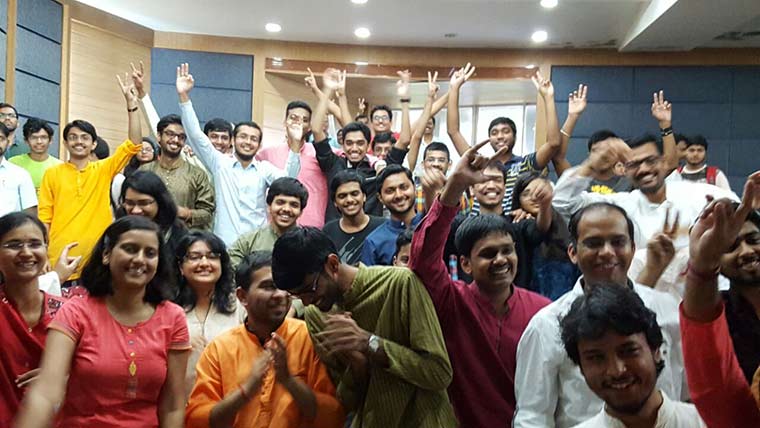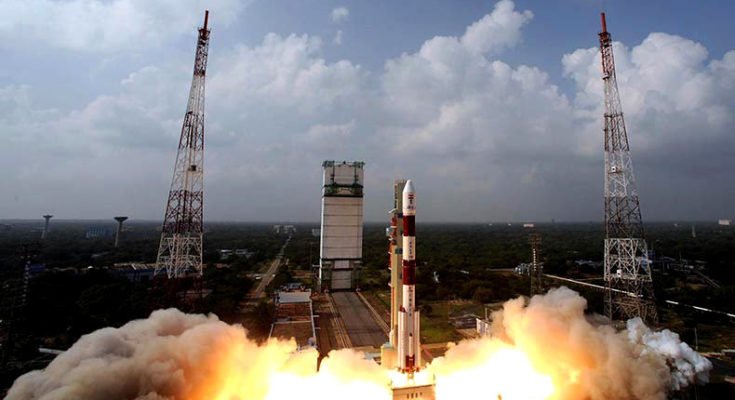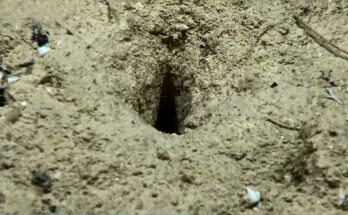Meldonium is now a banned drug for sportspersons. Image Courtesy – http://nextinweb.com
The 37th ‘Polar Satellite Launch Vehicle’ or PSLV, conveying eight satellites successfully lifted off from Sriharikota in Andhra Pradesh on the 26th September 2016. Among the 8 satellites, 3 were from India, 3 were from Algeria, and 1 each from Canada and US.
Most nations launch satellites in a solitary circle, but it was significant that PSLV had launched its payloads in two different orbits. Regardless of the possibility that numerous satellites were infused, it was in a consecutive way in the same circle. The twin-orbit operation was recently achieved by European Space Agency’s Vega rocket.
Dr. A S Kiran Kumar, Chairman, Indian Space Research Organization (ISRO), stated that it was a testing of two-in-one mission, which would place India in a confederation of countries having the capacity to accomplish two distinct orbits in a solitary mission.

Students of IIT-Bombay are celebrating the launch of ‘Pratham’. Image Courtesy – http://www.thehindu.com
The PSLV dropped off the Indian climate satellite SCATSAT at a height of 730 km. within 17 minutes of the launch. After this, the seven outstanding satellites were dropped at a stature of 689 km.
The mission would similarly test PSLV’s ‘multiple burn capability’, which would be used in the last leg and would set another breakthrough for ISRO. The entire system was finished within 2 hours and 15 minutes. It was the longest mission performed by ISRO.
Dr K Sivan, Director of the Vikram Sarabhai Space Center told that it would open up new vistas to popularize ISRO’s ‘launch capabilities’ for two-circle arrangements. The ‘stop-start’ of the rocket would position PSLV as an extremity in the multi-billion dollar ‘business launch’ market simultaneously traveling with a pace of more than 2660 kmph.
Read: Wastewater Treatment – an urge of modern civilization
The three Indian satellites incorporated the earth-watching satellite SCATSAT-1 and two others made by students to give them a hands-on involvement in space innovation. A 10-kg satellite named ‘PRATHAM’ created by students of the Indian Institute of Technology in Mumbai, would consider the ‘total electron count’ in space. The 5.25-kg PISAT made by students of PES University of Bengaluru would take pictures of earth.
The SCATSAT, costing around Rs.120 crore, would perform on weather and ocean forecasts, cyclone observation and tracking. India would share such information with the US, which helped them to track Hurricane Sandy in 2012.
The three Algerian satellites were for earth surveillance, remote detecting and ‘technology demonstration’. The Pathfinder-1 of US was a ‘high resolution imaging micro satellite’ while NLS-19 of Canada was a technology exhibiting nano satellite for experimentation in decreasing space rubbish and tracking business airplane.
India would like to launch another heaviest rocket, the ‘Geo-Synchronous Satellite Launch Vehicle Mark III’, fit for taking up to 4 tons of ‘communications satellite’.





